|
|
|
| |
| |
|
COVID -19 Series: Middle We Stand United Against Racism
|
![COVID -19 Series: Middle We Stand United Against Racism]() |
|
|
|
|
|

|
June 17, 2020
COVID-19
Middle Snapshot
We Stand United Against Racism

|
|
|
Greater Victoria School District
As a learning community, we play an important role in creating safe and inclusive environments for all of our students. In light of recent events, locally and globally, our Board, our Staff, and Educational Partners are reaffirming that there is no tolerance for hate in our schools. Diversity is our strength and we must continue to work together to build a more just society. #OneLearningCommunity #WeStandUnitedAgainstRacism
|
|
|
|
|
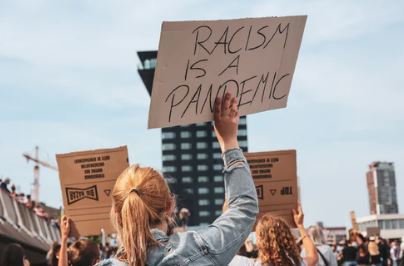
| As a society, public discussions about racism have increased in volume and intensity; young people want to be part of the conversation and should be. If handled effectively, these discussions provide opportunities for timely learning together and real insight into all of our conscious and unconscious beliefs, values and actions. These conversations can be uncomfortable as strong emotions can emerge - it is important to be aware of your own triggers and sensitivities in order to learn alongside your child.
|
|
|
There’s no question: talking about race can be sensitive, and yes, even a bit messy. And “choosing” whether or not to talk to your kids about race is an option many parents don’t have; some youth may inevitably learn about it by confronting racism in their everyday lives. This topic and conversation will inevitably be different for every person and family; we hope this snapshot provides some support for the conversation.
|
|
|
|
|
Check-in with your child about what they know, their experiences and how they feel. Ask if they have any questions, expand the conversation when you can, but let them take the lead. The emotional centres of the brain develop at a heightened rate during adolescence, so they might show a greater intensity of fear, anger or sadness.
Validate whatever they are feeling. Let them know their feelings make sense even if they may not make sense to you. Remain curious and try to understand their perspective. Shame about privilege may be present as well as anger if they have been directly impacted by racism. Some families have had to confront racism in their daily lives.
Give them space to talk if they want to. Share your thoughts as well.
Explore opportunities to direct their energy into facilitating change through education, reading, watching movies, listening to podcasts, donating money to the cause, and reflecting on how they can foster a safer and kinder world. (Dr. Karen Young, 2020)
|
|
|
|
|
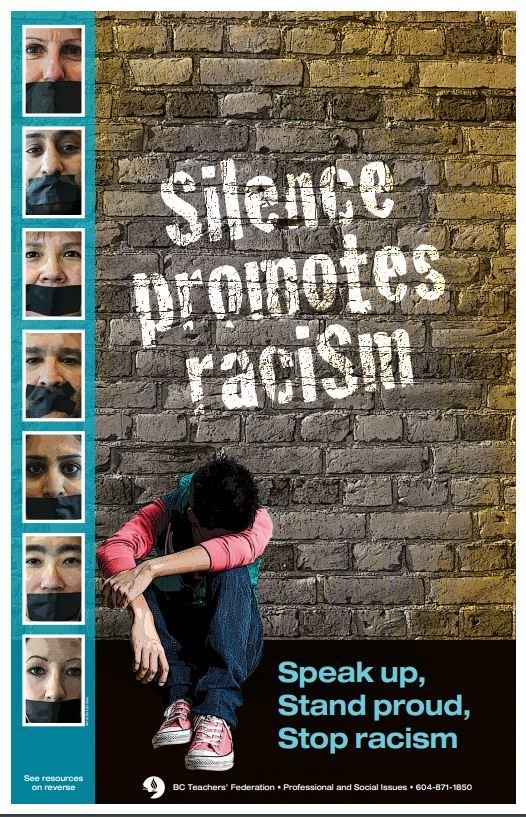
|
Racism: the belief that groups of humans possess different behavioral traits corresponding to physical appearance and can be divided based on the superiority of one race over another.
Prejudice: an unfavorable opinion or feeling formed beforehand or without knowledge, thought, or reason. Any preconceived opinion or feeling, either favorable or unfavorable. Unreasonable feelings, opinions, or attitudes, especially of a hostile nature, regarding an ethnic, racial, social, or religious group.
Bias: an inclination or preference either for or against an individual or group that interferes with impartial judgment.
|
|
|
Stereotype: an over-generalized belief about a particular category of people. It is an expectation that people might have about every person of a particular group. The type of expectation can vary; it can be, for example, an expectation about the group's personality, preferences, or ability. |
Privilege: a special advantage not enjoyed by everyone. Privilege comes from Latin privilegium, meaning a law for just one person, and means a benefit enjoyed by an individual or group beyond what's available to others.
|
|
|
|
|
Indigenous Cultural Safety
Canadians are called upon to acknowledge and address the far-reaching impacts of colonization and the residential school system for generations of Indigenous families. "The idea that Indigenous peoples are 'stuck' in the past can lead to the stereotype that Indigenous people are unwilling or unable to 'get better.' This stereotype can foster prejudice. Being aware of how these narratives lead to stereotypes can reduce prejudice and discrimination." (Ward, Branch, Fridkin, 2016) Through education and understanding, these narratives can shift to stories of empowerment and resilience within a rich cultural history.
|
|
|
|
Concepts for Understanding:
Cultural Awareness: An attitude that includes awareness about differences between cultures.
Cultural Sensitivity: An attitude that recognizes the differences between cultures and that these differences are important to acknowledge.
Cultural Competency: An approach that focuses on individuals attaining skills, knowledge, and attitudes to work in more effective and respectful ways with people of different cultures.
Cultural Humility: An approach based on humble acknowledgment of oneself as a learner when it comes to understanding a person's experience.
Cultural Safety: An approach that considers how social and historical contexts, as well as structural and interpersonal power imbalances, shape experiences. (Ward, Branch, Fridkin, 2016)
|
| |
|
|
|
|
|
|
|
|
|
|
|
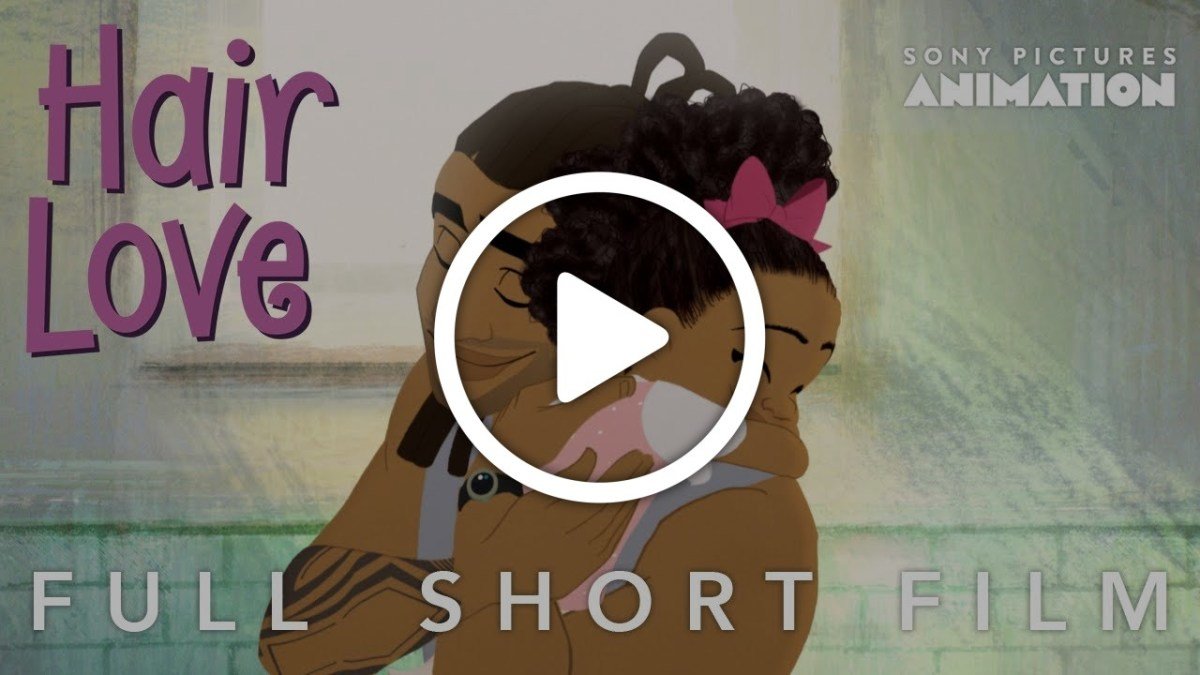
Hair Love, an Oscar®-winning animated short film tells the heartfelt story of an African American father learning to do his daughter‘s hair for the first time. |
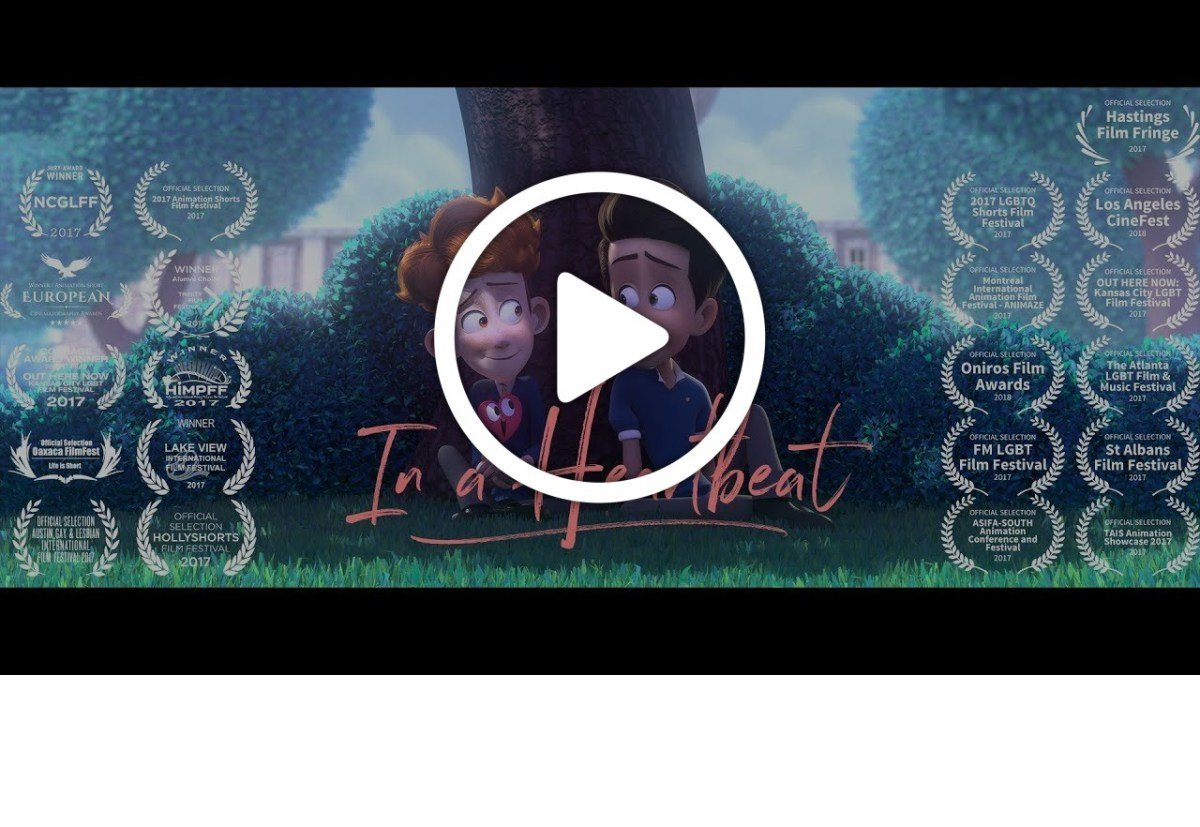
A closeted boy runs the risk of being outed by his own heart after it pops out of his chest to chase down the boy of his dreams. Animated Short Film by Beth David and Esteban Bravo.
|
|
|
|
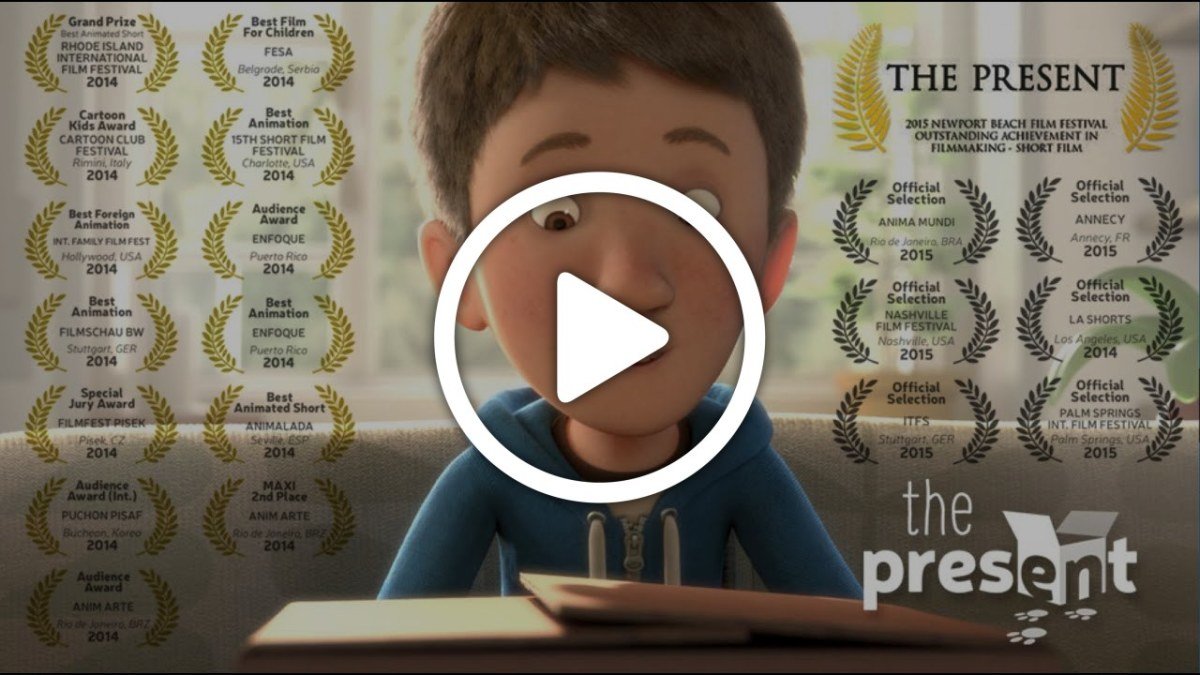
"The Present” is based on a great little comic strip by the very talented Fabio Coala. |
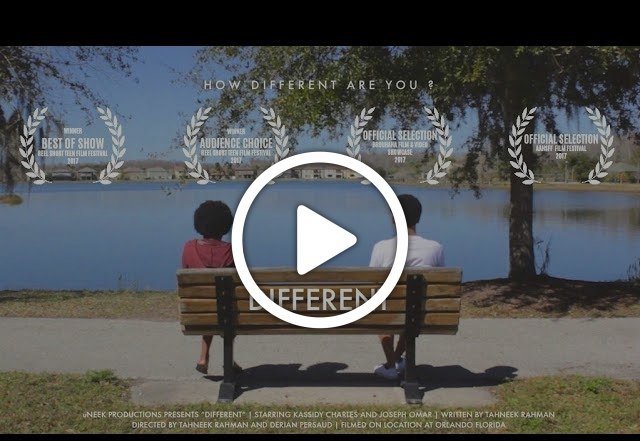
A deaf girl comes across a boy who is paralyzed from the waist-down, but neither of them know about each other's differences.
|
| |
|
| 10 recommended reads that help us understand the roots of racism, encourage learning through story, and inform an anti-racist mindset.
|
|
|
1. New Kid by Jerry Craft
Seventh grader Jordan Banks faces challenges of starting over in a new school where diversity is low and pressure is high. How can he be true to himself, his childhood friends and find his fit?
2. Dragon Hoops by Gene Luen Yang
Author Gene Luen Yang weaves a memoir /personal journey into his non-fiction story-telling of a high school varsity basketball team’s trek to victory. The personal stories of the players and...

|
|
|
|
|
|
Dear Parents, Guardians and District Staff, This will be our last Snapshot for the school year. Our hope is that we have provided you with information and resources that you have found helpful in your journey as a parent or in your role as an educator or counsellor in our district. We thank you for your readership! This school year we have had 61,000 persons read our Snapshots. This inspires us and encourages us to keep going. We look forward to returning to monthly Snapshots in September 2020.
|
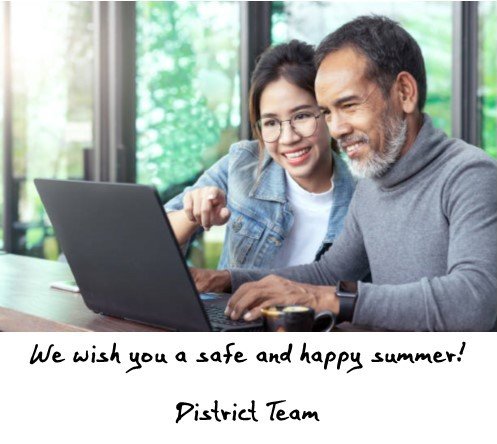
|
| |
|
|
|
|
|
|
|
| |
|
|
|
|
|
|
|
|
| |
|